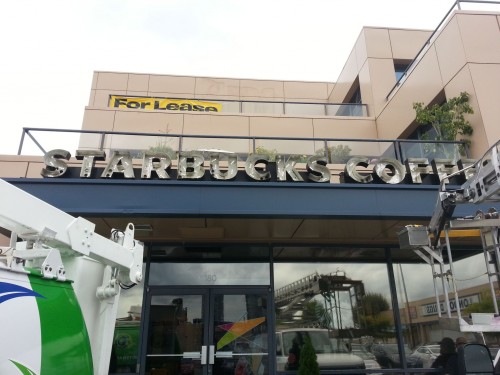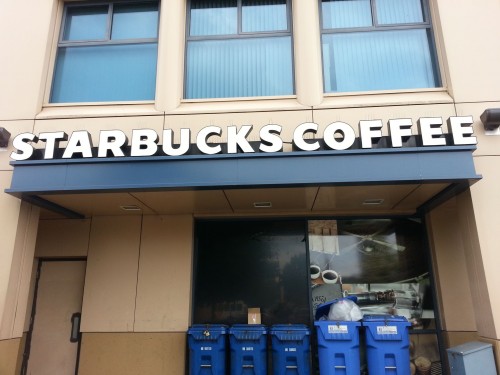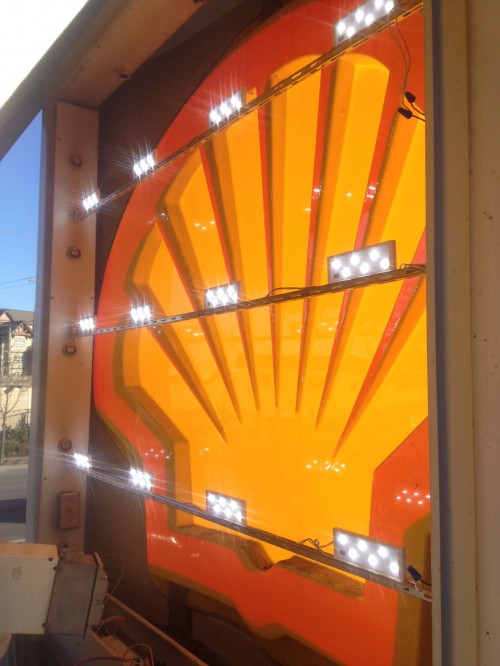By Kevin Balzer and Graeme Daniell
Signage is one of the most important ways to advertise a business. Companies use signs not only to display their name and logo, after all, but also to promote the products and services they offer. So, no matter how large or small the business may be, signage is a crucial tool for building sales.
Similarly, sign illumination has become one of the basic necessities of the business world. A sign that is poorly lit, only partially illuminated or completely shut down will leave its business either misidentified or unidentified.
For the most part, sign illumination did not change much over the course of about 50 years when there were two main options: fluorescent and neon. Fluorescent lamps were installed in sign cans, while neon was used for ‘exposed’ signs and inside channel letters. Today, however, light-emitting diodes (LEDs) have presented a third viable illumination technology for signs—one whose popularity has been partly driven by concerns relating to servicing and maintenance.
The advantages of LEDs
Most customers, when their signs are being installed, do not think about the need for service, but the reality is that all signs eventually need maintenance. The specific business arrangement for such maintenance will depend on both the sign company and the client, but in general, the sign company will only be called upon to replace specific bulbs when they go out.
This process of repeated service calls can end up costing the client more in the long run, however, than re-lamping the entire sign all at once. This latter option is also appealing in terms of preventing inconsistent lighting levels across a sign face.
With these factors in mind, the sign industry has seen increasing opportunities to retrofit neon and fluorescent signs with LEDs. As technology has improved, the brightness of LEDs has risen, making them a more feasible replacement for older lamps. Where LEDs truly represent a great step forward, however, is in terms of a sign’s carbon footprint.
LED retrofits can yield significant power savings and longer ‘life expectancies’ for signs. Compared to older luminary devices, LEDs can be switched on and off multiple times without affecting the quality of light they produce. The rise of environmental legislation, meanwhile, is tending to restrict many of the materials and components that were previously used to manufacture neon and fluorescent signs.

 LEDs are not standardized, so it is important both to choose the right modules for the sign type and to understand how many will need to be installed.
LEDs are not standardized, so it is important both to choose the right modules for the sign type and to understand how many will need to be installed.
Choosing the right product
While LEDs have become a mainstream sign illumination technology, however, they are not standardized. Years of research, sampling and testing of hundreds of new products as they have come to market suggest every LED is different. What works well in one sign may not in another.
So, even as LEDs are generally becoming better, brighter and cheaper, it can be very difficult to choose the right product for a job. The following are a few of the factors to consider:
Manufacturer
There are hundreds of companies manufacturing and selling LEDs today, at all different price levels. It is important to find one that can stand the test of time. Every company can offer a five- or 10-year product warranty, but if the company will not still exist in five years’ time, then its warranty is useless. The more expensive LEDs, at least, may carry brand names that offer the assurance of a manufacturer that has been around for a long time and will continue to be around in the future to support its products.






